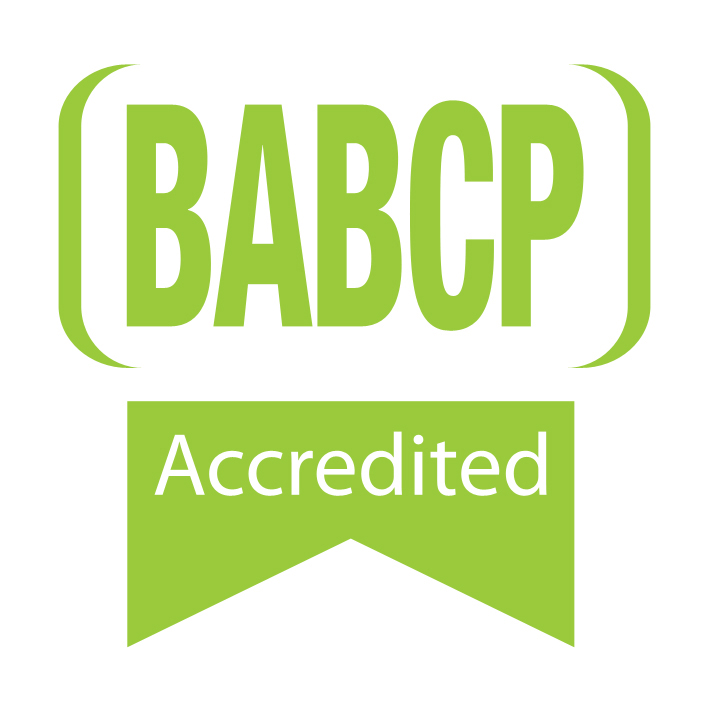Neuroaffective-CBT or on short NA-CBT is a transdiagnostic and modular therapeutic model developed and refined over the last 15 years by Daniel Mirea. As described in the opening comment, this approach was born out of a need to better understand and better respond to deeply rooted emotions that feel too complex and confusing to people who have never been strangers to painful and unmanageable affective experiences.
Often such affects (or emotions) are difficult to describe and may fall under the low self-esteem umbrella, shame or guilt. But not only… I find in my classes (I teach qualified practitioners at a post-graduate and doctoral level mostly) as well as in my clinical supervisions that psychotherapists are often guilty of assuming too much. Patients or clients (depending on where one is practising psychotherapy) are often confused about their affective states and even appropriate transient emotions such as fear, sadness or fleeting anger can be often misread or misunderstood, which of course leads to an amplification of unwanted emotions.
In any case, to begin with it may be important to define the concept of ‘transdiagnostic’ and ‘modular’ psychological treatments. Transdiagnostic approaches evolved in CBT in response to a range of symptoms that often cross the boundaries of a specific diagnostic criteria. In other words, affective experiences such as shame, guilt as well as more transdiagnostic conditions such as low self-esteem are consistent with symptoms from both the hypo- and hyper-spectrum and can be found in depression, social anxiety, personality disorders or even PTSD.
NA-CBT is a transdiagnostic approach because it can be used with any of these psychiatric disorders since it aims to undermine the maintaining mechanisms that reinforce the presenting problems. The diagnostic criteria, although extremely important is not necessarily the main driver during therapy.
NA-CBT is also a modular approach because, just like in the structure below, the treatment can be split into different modules. The reason I have not labelled those treatment phases or treatment stages is simply because in NA-CBT, these modules do not follow a rigid order, modules are intersectable and interchangeable. This means that one can start the treatment with module 3 and then move on to module 2 depending on patient’s therapeutic goals, needs and ability to learn new coping skills.
For example with traumatic memories such as that of an emotional abuse (e.g. being humiliated and shouted at during earlier years), such memories may need to be processed more immediately, as suggested in module 3 – The integrated Self, before returning to module 2 – where the focus would be on Physical Strengthening.
Sometimes, it may appropriate to work through both modules in parallel. During the Physical Strengthening module, we ask patients to be more aware of their bodies, their posture and musculature action, since those have a direct and reverse impact on how we feel about ourselves. Our mind instructs the body but the body also instructs the mind. For example, where appropriate I would explain to patients, about the direct impact of shameful feelings onto our physical posture (musculature) and body language overall. Internal self-awareness and managing our focused attention becomes an important aspect of the training at this stage also.
An easy to remember model called TED is also part of the Physical Strengthening module:
- Tired (energy levels and sleep deprivation)
- Exercising (physical exercises)
- Diet (drinking & eating)
You can only imagine my excitement when my son introduced me to a comedy with the same name a few years ago; turns out that TED is a cute teddy bear with a flair for excitement and fun but more importantly he is the main hero’s best friend. So Yes indeed… “TED’s your best friend” and “When in doubt check with TED” is the type of catchphrases popular with my clients even today. In future posts, I will be writing more about the benefits of using catchphrases, fun relatable stories and metaphors in therapy. And along the same lines, about the benefits of appropriate self-disclosure.
Neuroaffective research points out that an integrated or balanced sense-of-self, improvements in confidence and well-being could be achieved through better hormonal regulation and associated learning. This type of research which includes neuroimaging analysis has influenced CBT treatments over the recent years and continues to shape therapists’ understanding of neuroplasticity, neurotransmiters, hormonal regulation and even gut bacteria.
An overview of the NA-CBT treatment toolkit:
- Assessment and case formulating: the “Pendulum-Effect” case formulation: since all CBT treatment protocols begin with a thorough assessment, where the principle purpose is to arrive at a formulation which will then form the basis for the treatment plan, I do not consider this initial stage a module. The assessment and case formulation plays a pivotal role in the treatment – this is not a ‘negotiable’ phase but a treatment condition. During this initial stage however, a strong emphasis is placed on building an alliance and a strong therapeutic relationship by using (uniquely to NA-CBT) methods such as emphatic mentalisation.
- Module 1 : Psychoeducation & Motivational Enhancement: including building motivation, enhancing self-efficacy, problem solving skills training.
- Module 2 : Physical Strengthening: TED’s your best friend
- Module 3 : The development of an integrated-Self: cognitive reframing (appraisal-reappraisal). Traumatic memories processing (through bilateral stimulation, narrative exposure and/or reliving).
- Module 4 : Coping Skills Training & Self-Regulation – including Mindfulness, Self-hypnosis and/or Relaxation Skills Training and also introducing EDRB’s (or Emotion-Driven Reinforcing Behaviours)
- Module 5 : Skills Consolidation and Relapse Prevention – this is all about future plans…
Where can you get training in NA-CBT
In London, NA-CBT is introduced to post-graduate students via CBT modules at Regents University or at the Existential Academy (via Middlesex University) on their advanced post-graduate and doctoral programmes. An introduction or overview of the model is also on offer at other organisations where Daniel Mirea regularly teaches including UK College of Hypnosis & Hypnotherapy (training organisation focused on Hypno-CBT, CBT and evidence-based psychology only). Since this is advanced cognitive-behavioural training and the approach places itself under the umbrella of CBT therapies, it is not presently offered outside the psychological, psychiatric and CBH community which means that one would have to have a core mental health profession or to at least be accredited in Cognitive-Behavioural Hypnotherapy (CBH) before attending training in NA-CBT.

CBT Consultant & Senior Lecture
therapy@danmirea.com



Thank you Daniel. Fascinating!
LikeLiked by 1 person